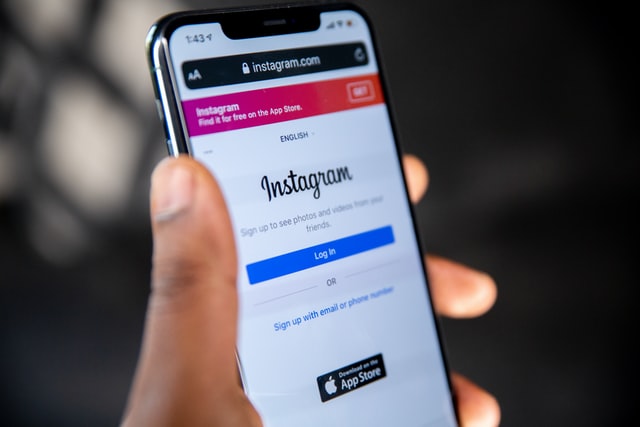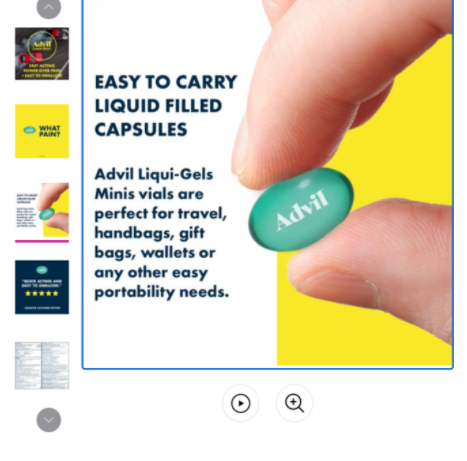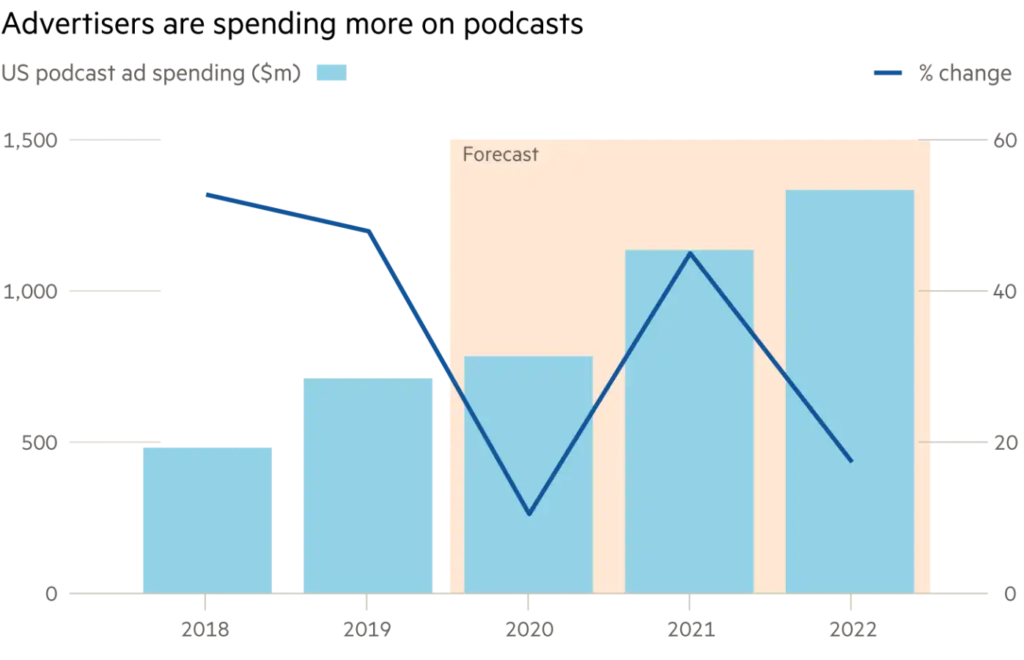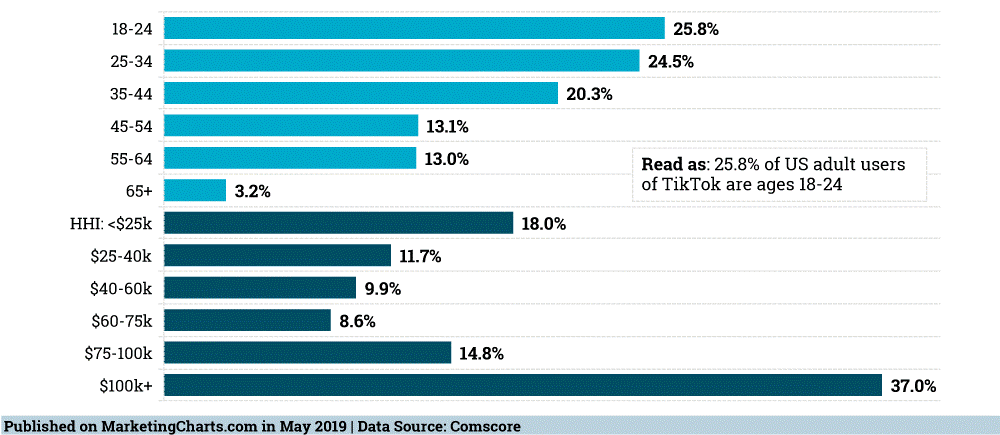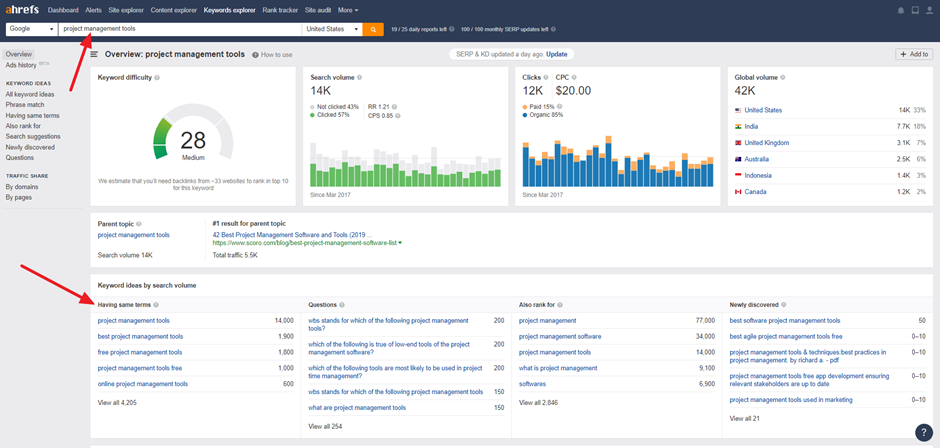What is Instagram Advertising?
Instagram advertising is a way of using the Instagram platform to reach a larger and more targeted audience through sponsored posts. Since Instagram is a visual platform, text ads are less necessary. Rather you need a video, or image(s) accompanied by text to reach your audience with Instagram ads. Usually, Instagram ads can look just like regular Instagram posts but are always identified by a “sponsored” tag and it includes a call-to-action button to drive traffic or lead conversions.
According to Statista, in 2018, over a billion monthly active Instagram users were recorded. While 90% of the users follow at least one business, 83% of the users used the platform to discover new products and services. Consequently, it has become a very significant platform for business and brand advertisement.
Types of Instagram Ads
- Image Feed Ads: This is the most common and standard ad format. Therefore, it is likely the one most often seen while scrolling through your own feed.
- Image Story Ads: This type uses images but in story format through Instagram story ads.
- Video Feed Ads: This video feed format helps to bring your ad to life with a video.
- Video Story Ads: This format is a great place to run video ads because stories are where users often expect to see videos, so the “selling” part of advertising doesn’t feel as forced.
- Carousel Feed Ads: The carousel format allows you to show a series of scrollable images rather than just one single image. This ad type is great for very visual brands, like those in the food industry, furniture sellers, clothing options, vacation destinations, car dealerships, etc.
- Canvas Story Ads: Here, advertising to create a 360 virtual reality experience within your story is allowed. They’re only supported via mobile devices, and extremely customizable for the advertiser, but you will need some technical chops. These ads work with images, videos, and carousels.
- Instagram Shopping ads: Instagram Shopping ads take shoppers directly to a product description page within the Instagram app. They can then purchase through your mobile website.
- Collection ads: Instagram Collection ads offer a compelling eCommerce feature: Users have the option to purchase products directly from the ad. When users click on the ad, they’re directed to an Instagram Instant Experience Storefront.
- Explore ads: Explore is the Instagram screen where users discover new content and accounts. More than half of Instagram users access Explore every month. Instagram Explore ads do not appear in the Explore grid or the topic channels. Instead, the ads appear after someone clicks on a photo or video from Explore.
- IGTV ads: Although a new and recently announced advertising platform, this longer vertical video on Instagram is expected to make it even easier to get closer to your audience and be discovered by new people. Also, the video creators will receive 55% of the ad revenue.
How Much Do Instagram Ads Cost?
While it is important to know how much Instagram Ads cost, it is also important to know the contributory factors. The price is usually determined by Instagram’s ad auction, ad relevancy, and the bidding model is based on cost-per-click (CPC) and cost-per-impressions (CPMs). Succinctly put, everything from your audience to your ad feedback influences the cost of Instagram ads. However, on average, the CPM for highly targeted ads may be as high as $.6.70 per 1000 impressions, and the CPC range between $0.20 and $2.00.
How do Instagram Ads Work?
Instagram ads work simply and are recognizable. Being sponsored contents targeted at people most likely interested in the product and service on offer, Instagram ads appear and blend with their newsfeeds. Demography and personal interest are other factors that form the basis of the ad direction. To recognize Instagram ads, the word ‘sponsored’ and a call-to-action accompany the image or video posted.
How to Run Instagram Ads
- Create an Instagram business profile
First, you start by opening an Instagram business account. Although relatively new, this account provides several key insights, advertising tools, and features that help grow your business.
- Choose your objective
After creating your Instagram business profile, it is important to highlight your ad objective.

Source: Instagram
In choosing your campaign objective, the following list helps you tailor your ad needs. They help you build brand awareness, acquire customer consideration for your brand, and manage the conversion of leads into sales.

Source: Instagram
From the features in the dashboard, here’s an idea of their meaning.
- Brand awareness will spread your brand to users who are yet to hear about it.
- Reach will drive your ad to as many people as possible.
- Traffic generates more clicks to your site or to the app store for your app.
- App installs use call to action buttons to get potential users to download your app as soon as they see the ad.
- Engagement ramps up your likes, comments, shares, or offers.
- Video views will increase the number of views.
- Lead generation allows you to gather data from users who click on the ad.
- Messages make you more accessible, generate conversation, and get users to communicate with your brand.
- Conversions turn leads into sales with sign-ups for your product.
- Catalog sales allow users to see ads on your Facebook catalog.
- Store traffic direct potential customers to your physical or brick-and-mortar stores.
Identify your audience
Once you’ve decided and identified your target audience, it is important to save the data for future campaigns. Depending on your campaign goal, you can pick and choose parameters that best fit as shown below.

Source: Instagram
Choose your ad placements
In choosing ad placements, there are two options, manual and automatic. While the automatic placement pushes your ad anywhere between Instagram and Facebook stories, the manual is usually preferred because some contents are better placed in a platform than the other.

Source: Instagram
Choose your budget and ad schedule
There are a variety of budget choices to be made with each differing according to duration and cost. Facebook Ads Manager also includes optimization and bid strategy options, which clarify how your budget will be spent. These may be customizable, depending on your campaign goal.

Source: Instagram
Publish your ad
After following through on the aforementioned steps, you’ll finally publish the ad by choosing your images or video format, crafting your ad copy, picking a payment option, reviewing your ad, and then clicking the confirm button.

While the ad publishing is in completion, there is a tracking section that gives information on the interaction between your brand or business and your audience.

Source: Instagram
Instagram Ads Tips and Best Practices
- Humanize and not commercialize your post.
- Ensure your ad is contextually relevant and not overly sales-driven.
- Use Hashtag in your post so as to reach more target audience. According to TrackMaven, the optimal number for the highest post engagement is 9 hashtags.
- Run a contest and promote giveaways because most people love competition and freebies.
- Post at optimal hours to have an effective ad. The chart below shows

Source: Influencer Marketing Hub
- It is important you know your audience.
- Although an image is worth a thousand words, it is key you use text wisely in your ads.
- Engage your audience by responding to their comments and likes.
- Test, measure, and optimize your post because keeping an eye on your result is key to refining your strategy and fully harnessing the budget of your Instagram ads.

